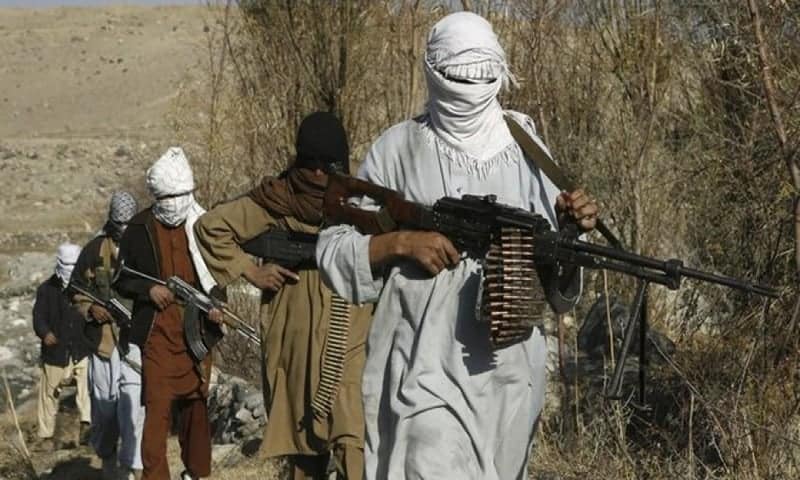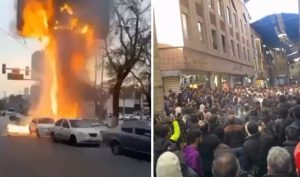Taliban fighters seized the sixth Afghan provincial capital on Monday after a weekend offensive in the north.
The weekend offensive saw urban centres fall in quick succession and the government forces struggle to keep the fighters at bay.
Taliban fighters entered Aibak without a fight after community elders pleaded with officials to spare the city from more violence after weeks of clashes on the outskirts, said Sefatullah Samangani, deputy governor of Samangan province.
“The governor accepted and withdrew all the forces from the city,” Samangani added, saying the Taliban were now in “full control”.
A Taliban spokesman confirmed the city had been taken. The insurgents have overrun five provincial capitals across the north, sparking fears the government is rapidly losing control of the region.
The Taliban have also taken Zaranj, capital of Nimroz province, in the southwest.
Earlier Monday, the Taliban said they were moving in on Mazar-i-Sharif, the largest city in the north and a linchpin for the government’s control of the region, after capturing Sheberghan to its west, and Kunduz and Taloqan to its east.
A spokesman said Taliban fighters had entered the city, but officials — and residents contacted by phone — said the group was exaggerating, with clashes confined to surrounding districts.
“The enemy is trying to distort public opinion and create anxiety for the civilian population by their propaganda,” said a statement from the provincial police force in Balkh, where Mazar-i-Sharif is the capital.
Mazar’s longtime strongman Atta Mohammad Noor vowed to fight to the end, saying there would be “resistance until the last drop of my blood”.
“I prefer dying in dignity than dying in despair,” he tweeted.
The loss of the city, steeped in history and long an economic hub, would signal the collapse of Kabul’s control of the north and likely raise major questions about the future of the government.
In Kunduz, the second-largest city in the north that fell to the Taliban on Sunday, residents said insurgents were all over the city, occupying government offices and institutions.
“The security situation is not good and we fled to save our lives,” said Rahmatullah, a 28-year-old resident.
“It is like a horror movie,” he added.
Another resident Abdul Qudoos said fears were growing that Kunduz would face food and water shortages.
Fighting in the south
As the Taliban pressed ahead in the north, fighting also raged in the south, where Afghan forces have been locked in heavy street-to-street fighting with the Taliban.
The insurgents have for weeks been trying to take Kandahar and Lashkar Gah — both with Pashtun majorities from where the Taliban draw their strength.
“We’re clearing houses, roads, and buildings that the Taliban occupy,” said General Sami Sadat, commander of the Afghan army’s 215 Corps in Lashkar Gah.
The ministry of defence said hundreds of Taliban fighters had been killed or injured in the last 24 hours.
Both sides routinely exaggerate death tolls that are virtually impossible to verify.
The claims come a day after Kunduz, Sar-e-Pul and Taloqan in the north fell within hours of each other.
Northern Afghanistan has long been considered an anti-Taliban stronghold that saw some of the stiffest resistance to the Taliban rule in the 1990s.
The region remains home to several militias and is also a fertile recruiting ground for the country’s armed forces.
Fighting in Afghanistan’s long-running conflict has escalated dramatically since May, when the US-led military coalition began the final stage of a withdrawal set to be completed before the end of the month.














